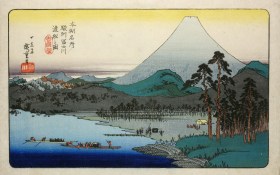The Field, is regarded as a watershed event in Australian art history. The exhibition, at the height of the Swinging Sixties, showcased 74 abstract and conceptual works including colour field, geometric and hard edge paintings and abstract sculptures regarded as radical at the time.
The presentation was controversial too: geometric light fittings and foil-covered walls would not raise eyebrows now but were seen as controversial in 1968 Melbourne. The exhibition launched the careers of a generation of young Australian artists including Sydney Ball, Peter Booth, Janet Dawson and Robert Jacks.
To mark the 50th anniversary of the exhibition, the NGV will restage it as The Field Revisited, opening in May 2018 at The Ian Potter Centre: NGV Australia. The Field Revisited will include a reprinted version of the rare and highly collectible 1968 exhibition catalogue.
The NGV has spent the past year searching Australian and international galleries, collections and auction houses as well as seeking out the artists and their families to locate the original works. The curators have determined the fates of 60 of the 74 original works, but there are still 14 works missing – 8 paintings and 6 sculptures.
The found works were dispersed across the country in both public and private collections and institutions, from Perth to Canberra, including three paintings held in the NGV Collection. Some works are known to have been destroyed. The NGV has commissioned several of the original The Field artists to recreate their works, including Normana Wright and Col Jordan.
Restaging the original exhibitions will allow a whole new generation to enjoy the works, said Tony Ellwood, Director, NGV. ‘When The Field opened in the newly built NGV building in 1968, it caused an incredible sensation by showing daring, abstract contemporary works by emerging Australian artists.
‘By restaging the exhibition fifty years on, we hope to re-examine its impact and significance in Australian art history. We have exhausted all avenues in searching for the remaining 14 works, which include sculptures by Clement Meadmore and paintings by Peter Booth and Sydney Ball. If members of the public have any connection to these artworks, I encourage them to get in touch and assist the NGV in restaging this landmark exhibition.’
If any members of the public have any information on the missing artworks or were associated with the 1968 exhibition, they can email findthefield@ngv.vic.gov.au. A full list of the sought works can be viewed online at ngv.melbourne/findthefield.
This is not the first time that an arts organisation has asked the public for help in locating missing artworks. The body responsible for maintaining heritage sculptures in England, Historic England, launched a campaign last year to help locate and protect missing, stolen and lost sculptures.
The organisation, said an increasing number of public works of art are being lost thanks to the rising price of scrap metal, cash-strapped local councils needing to sell them off, and mysterious disappearances during building works.
Duncan Wilson, Chief Executive of Historic England, said, ‘Part of England’s national collection of public artworks is disappearing before our eyes.’
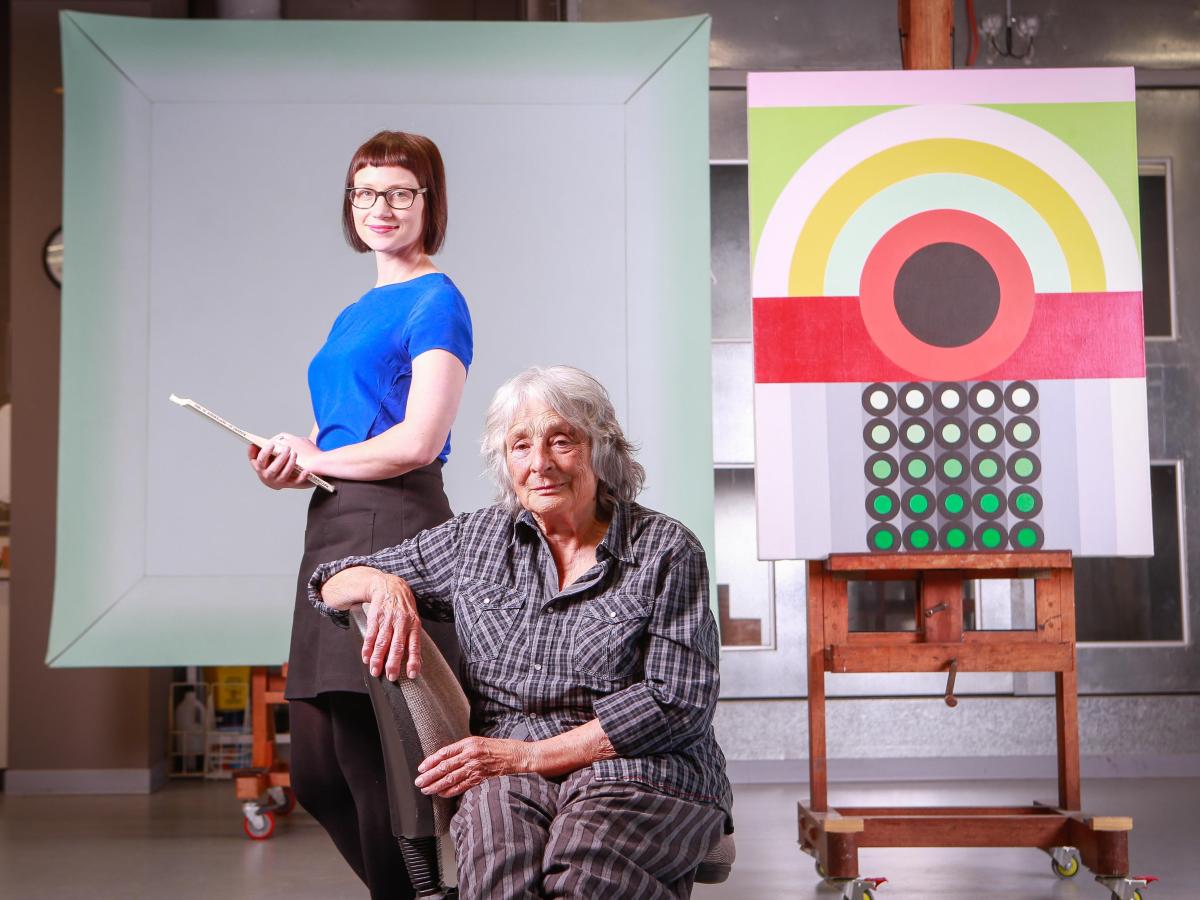
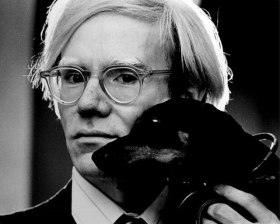
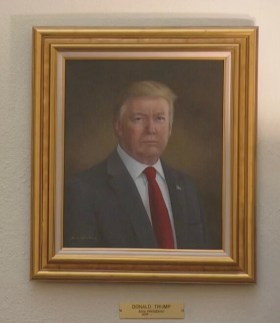
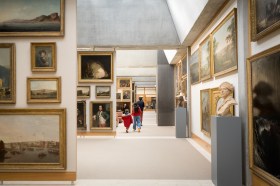
_Encounters-in-Reflection_Gallery3BPhoto-by-Anpis-Wang-e1745414770771.jpg?w=280)
